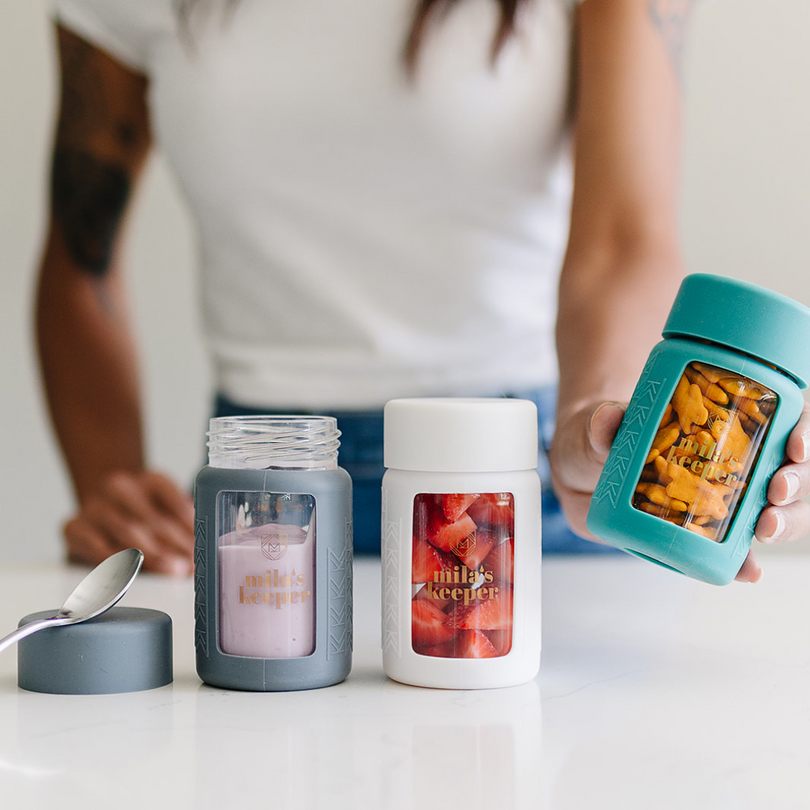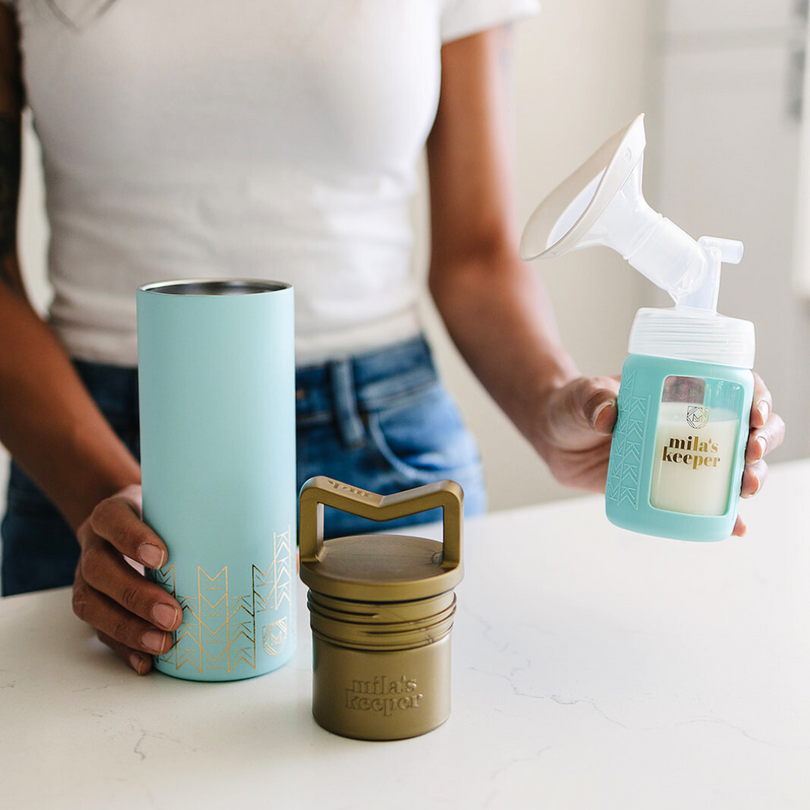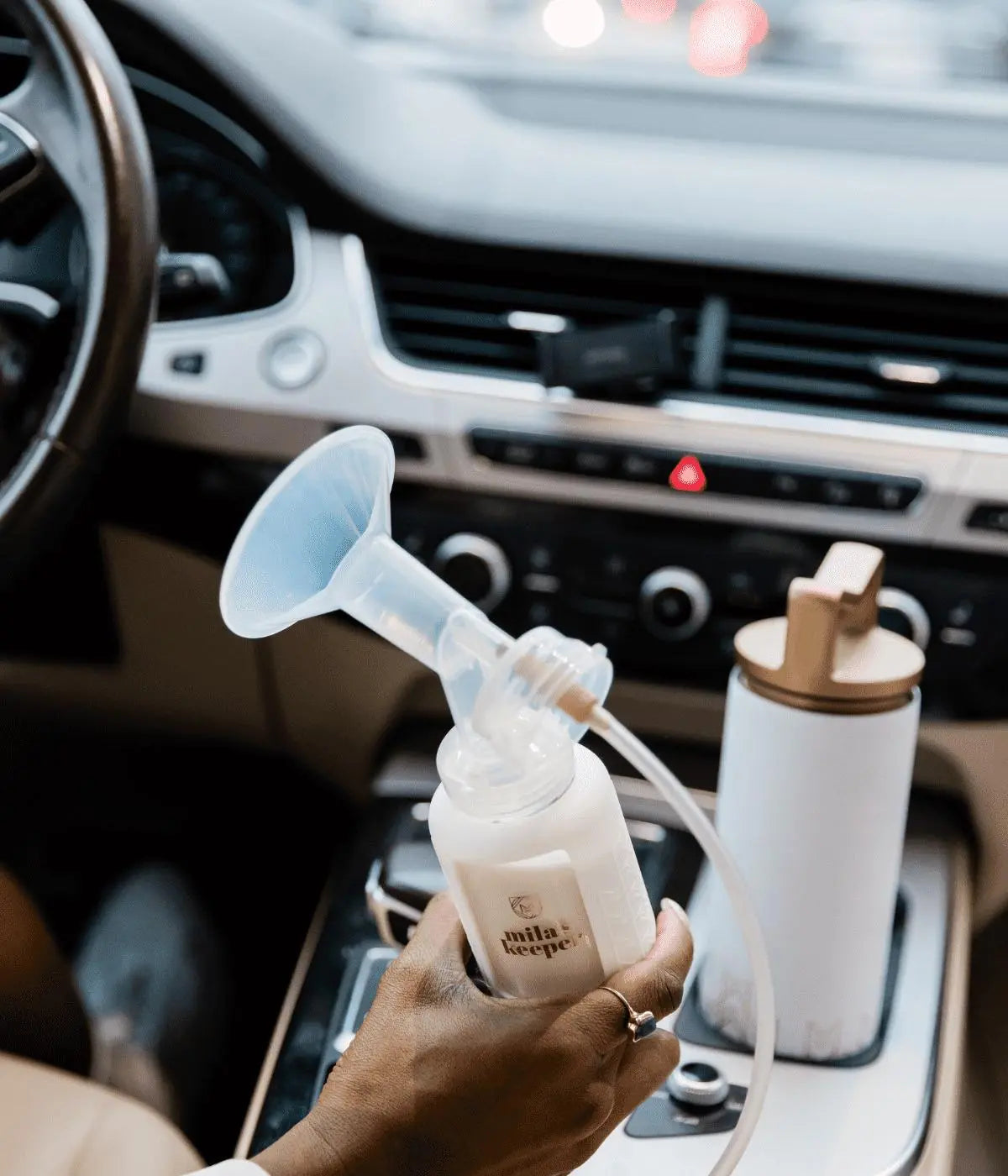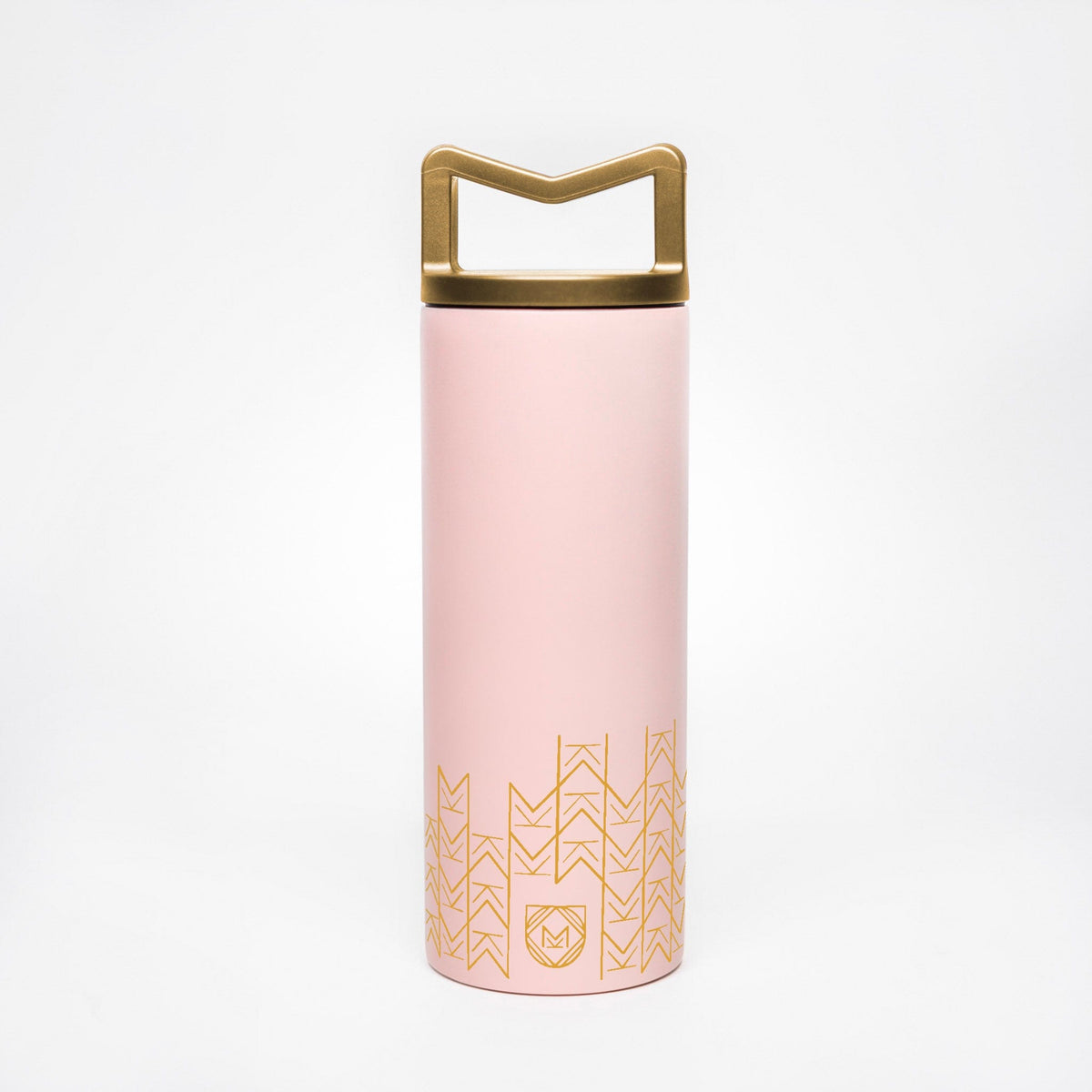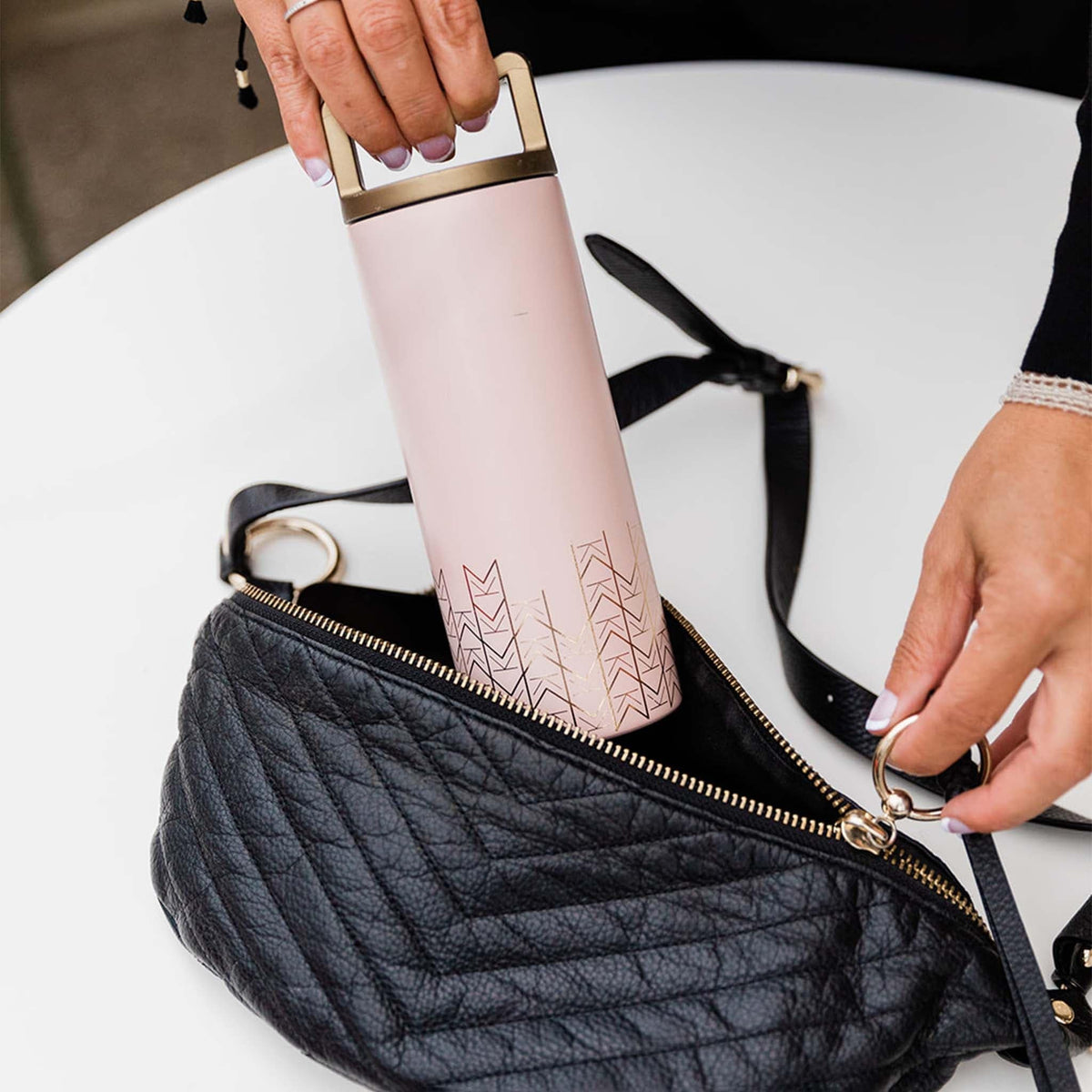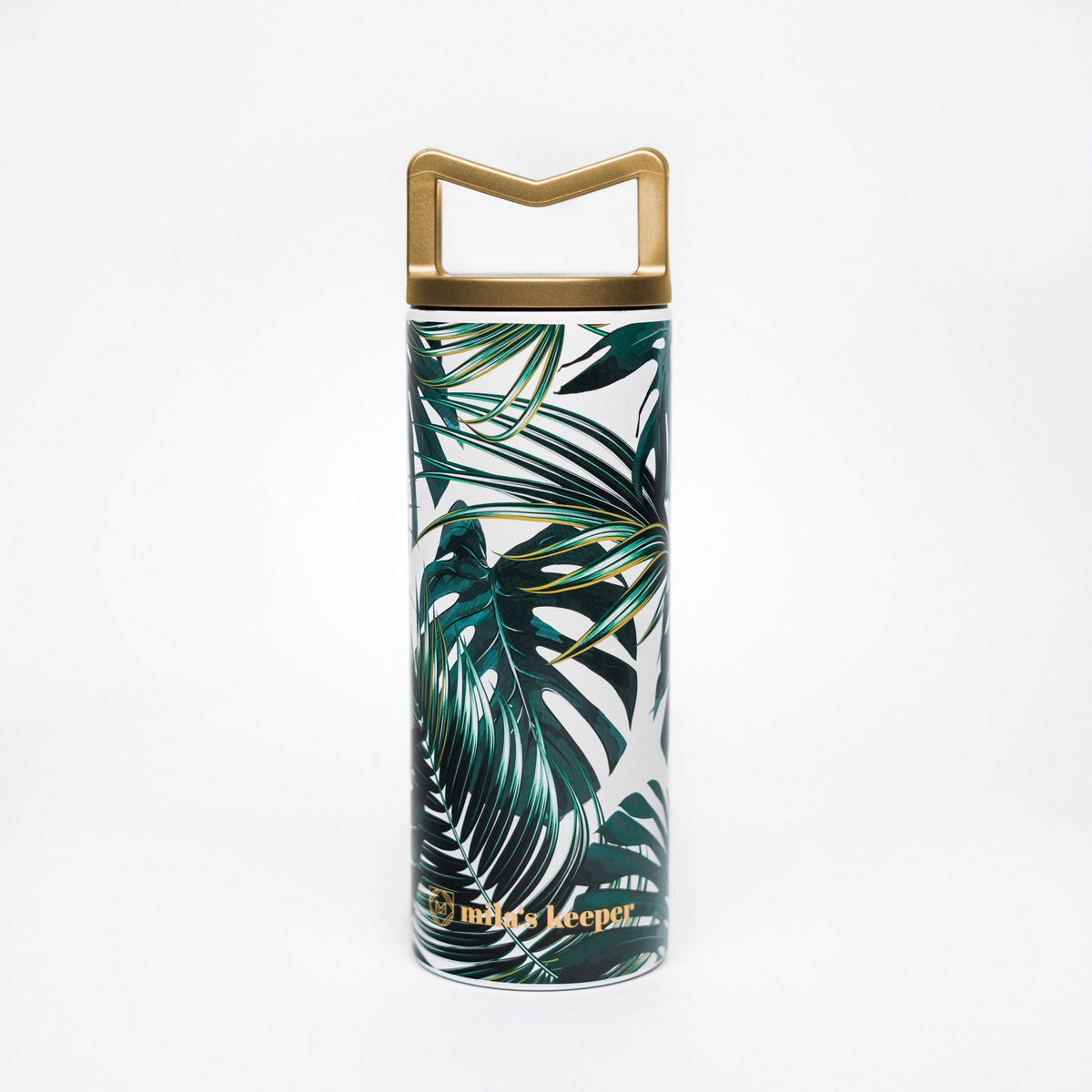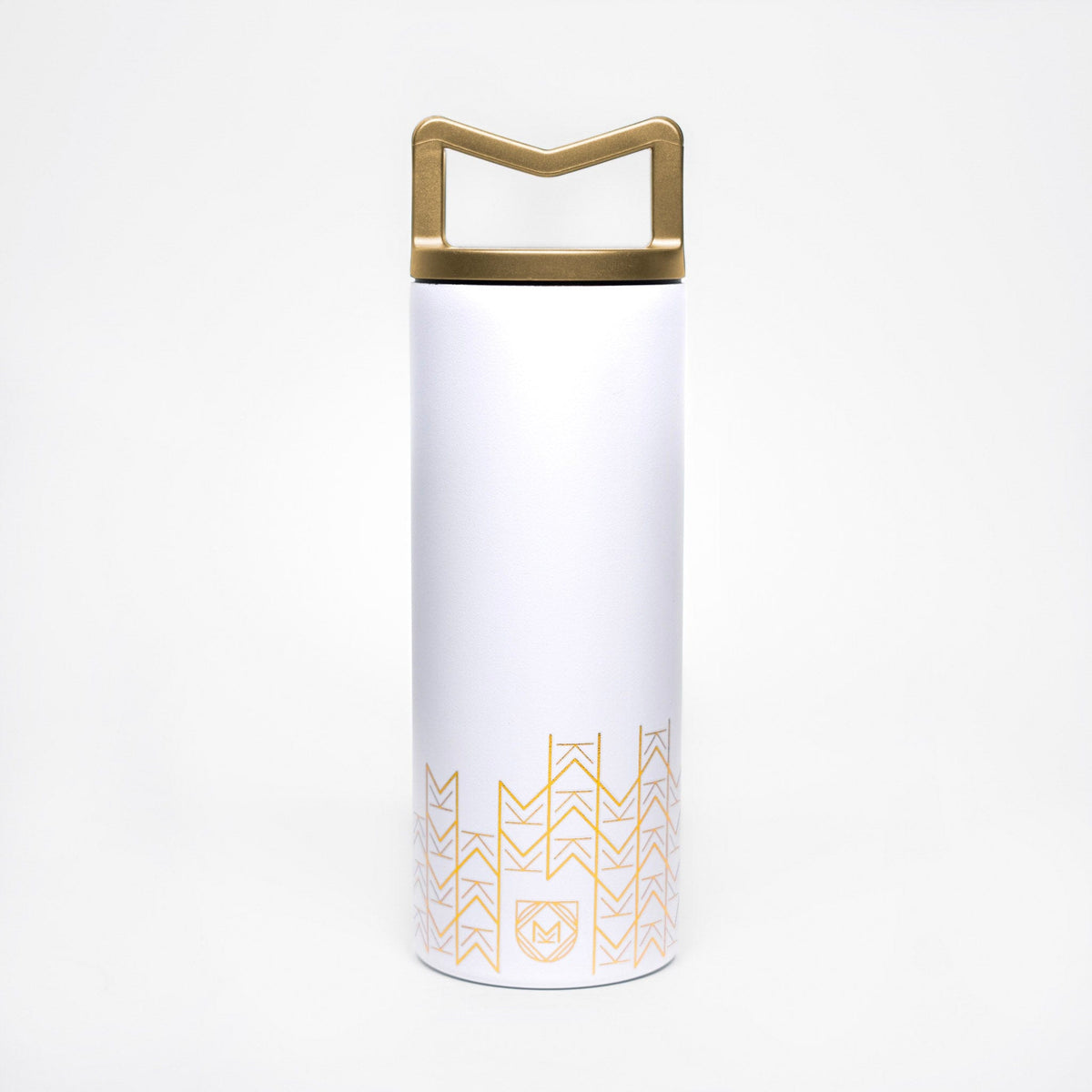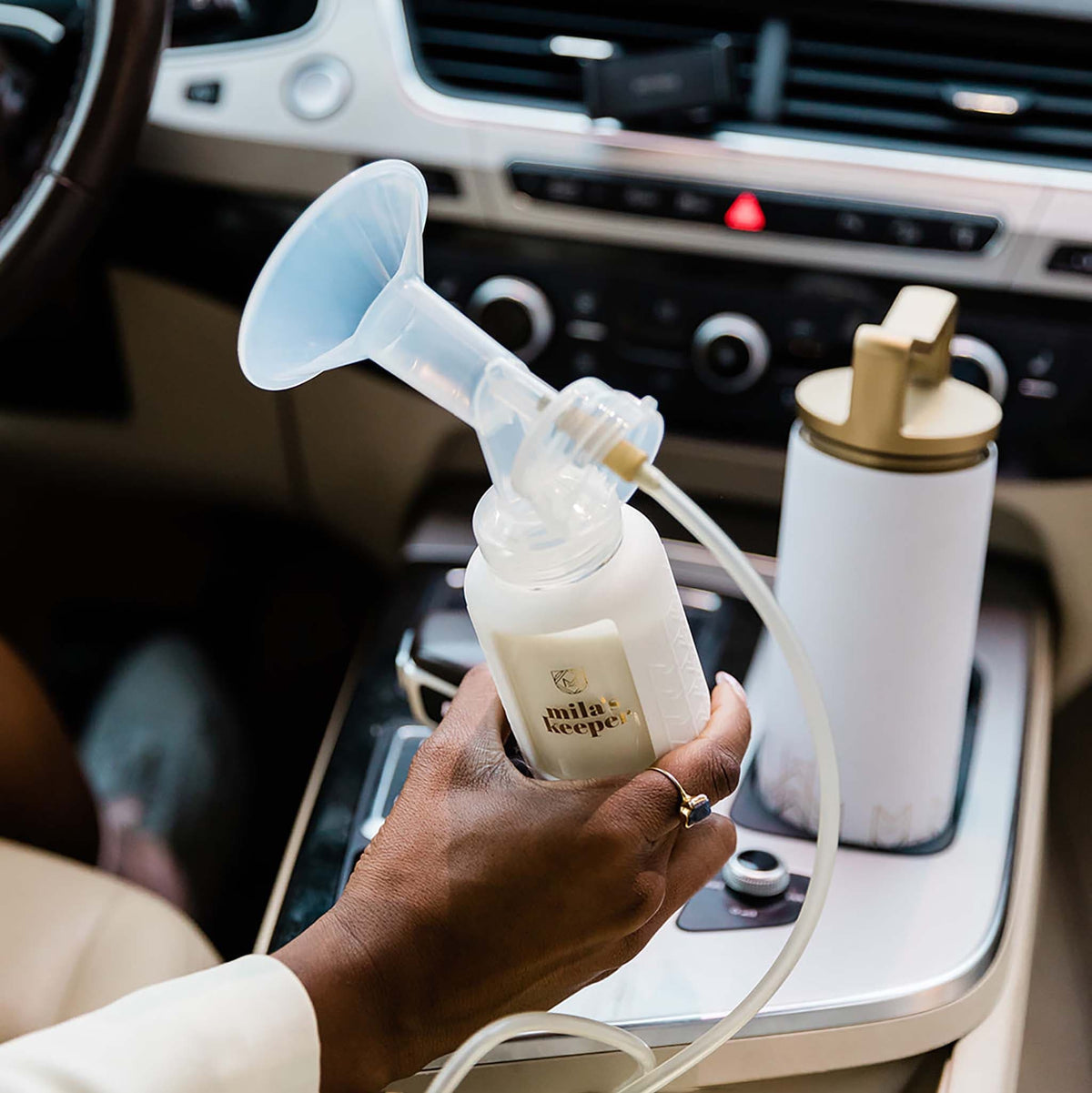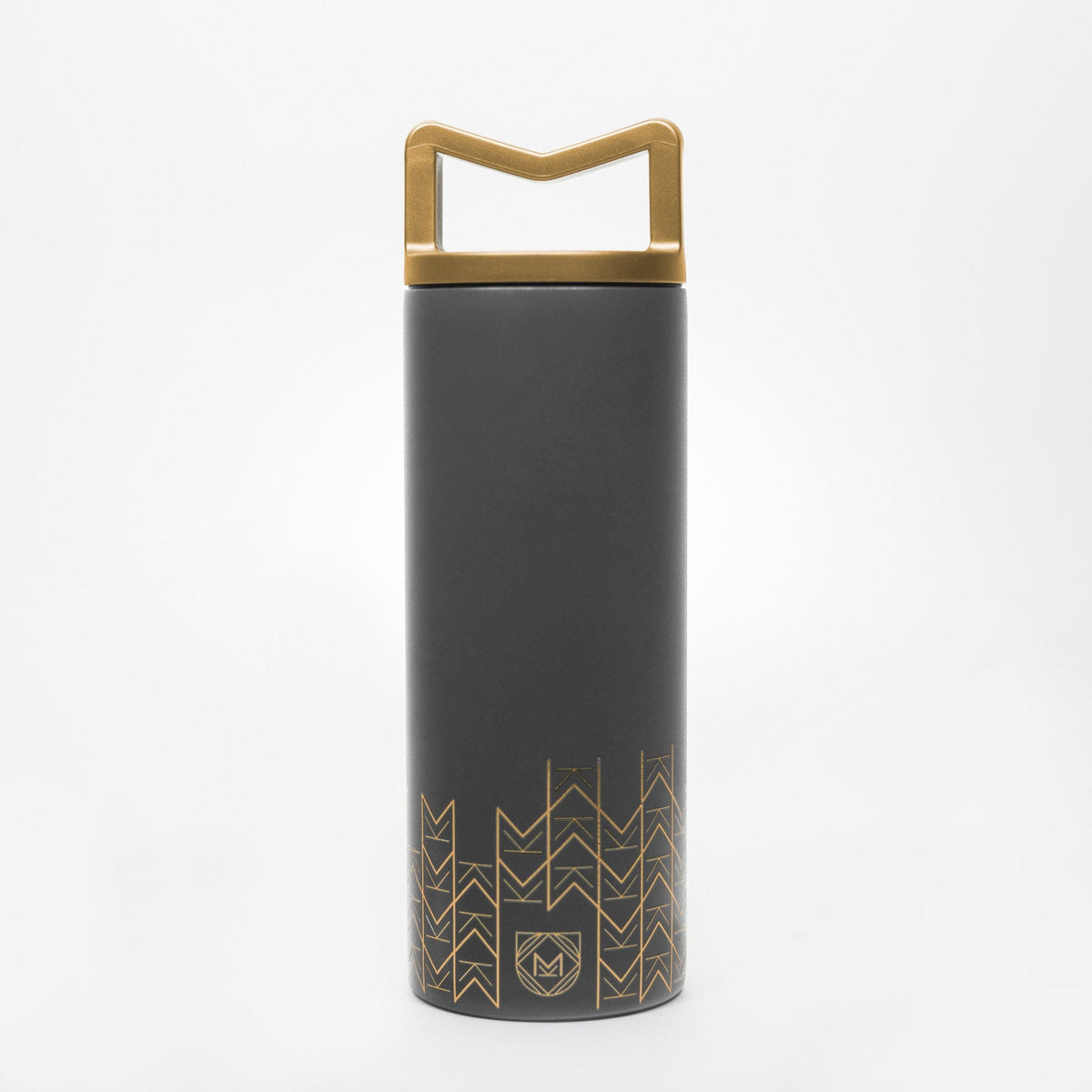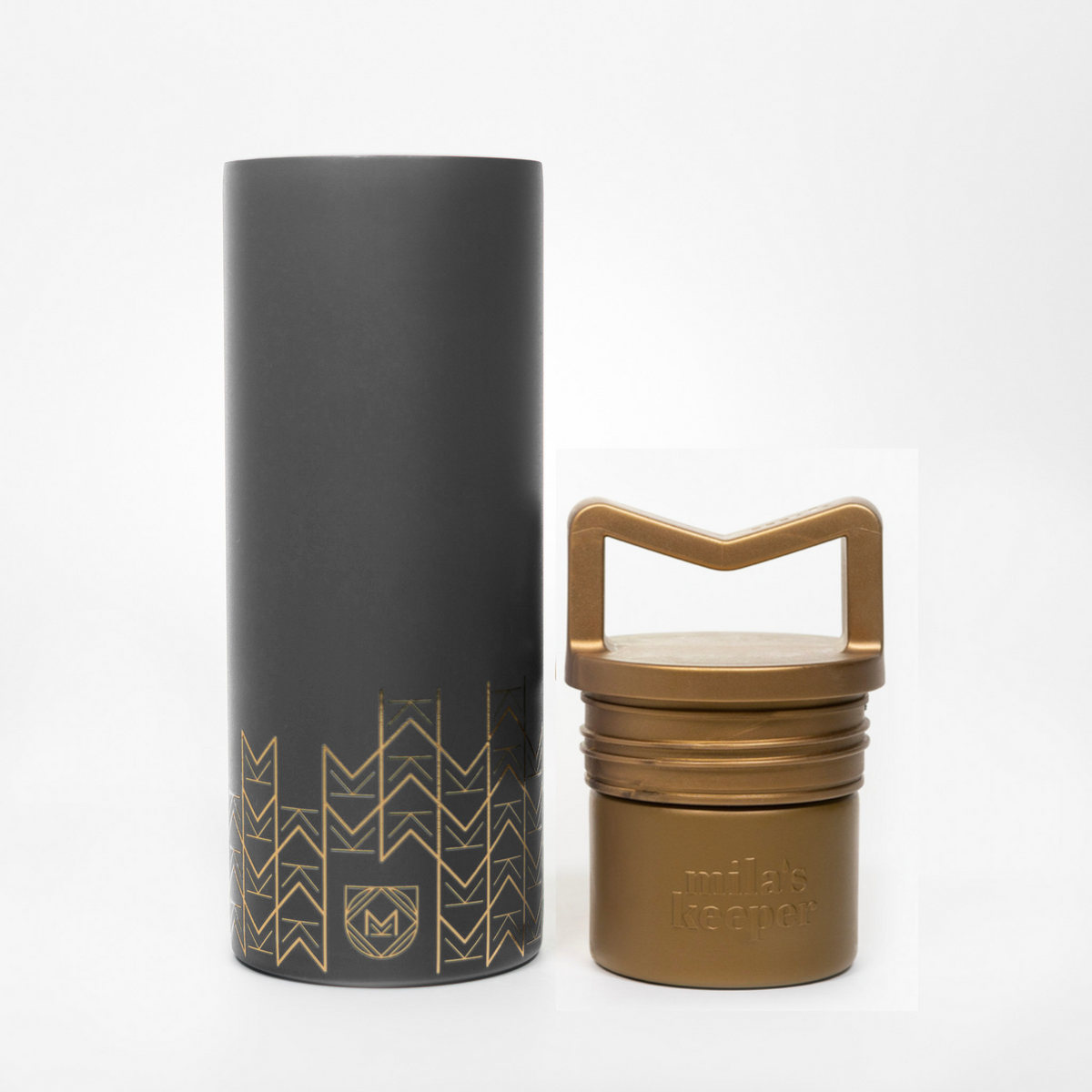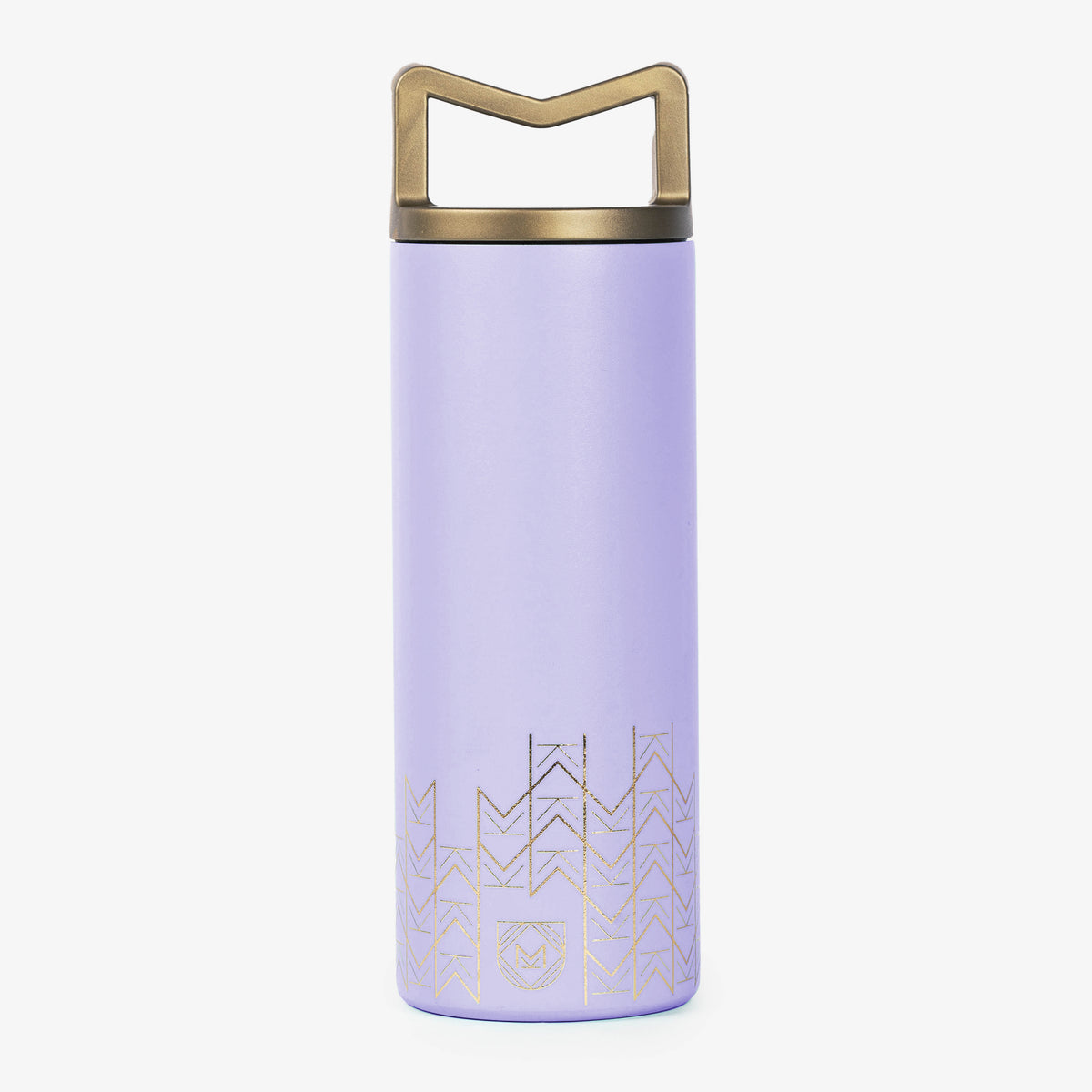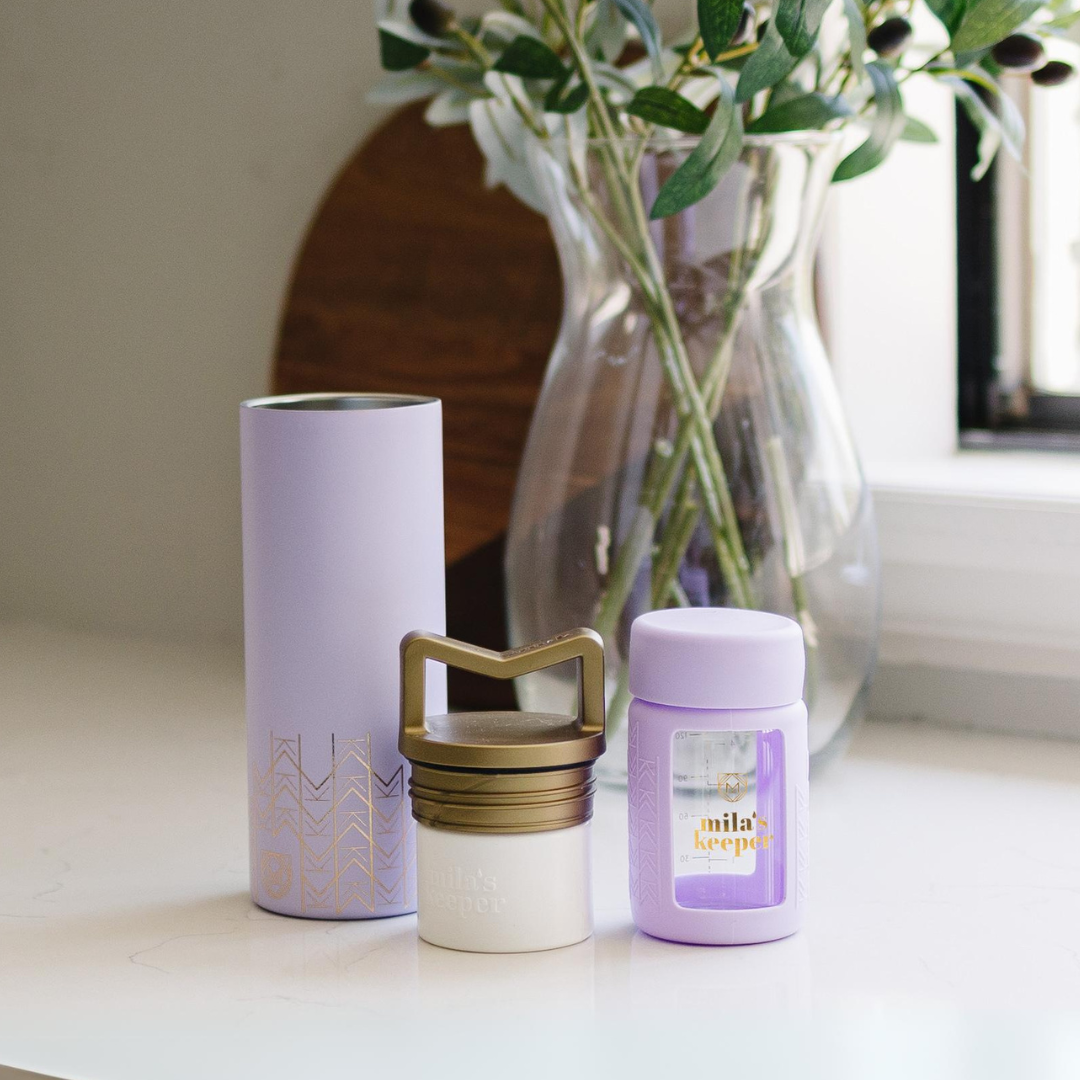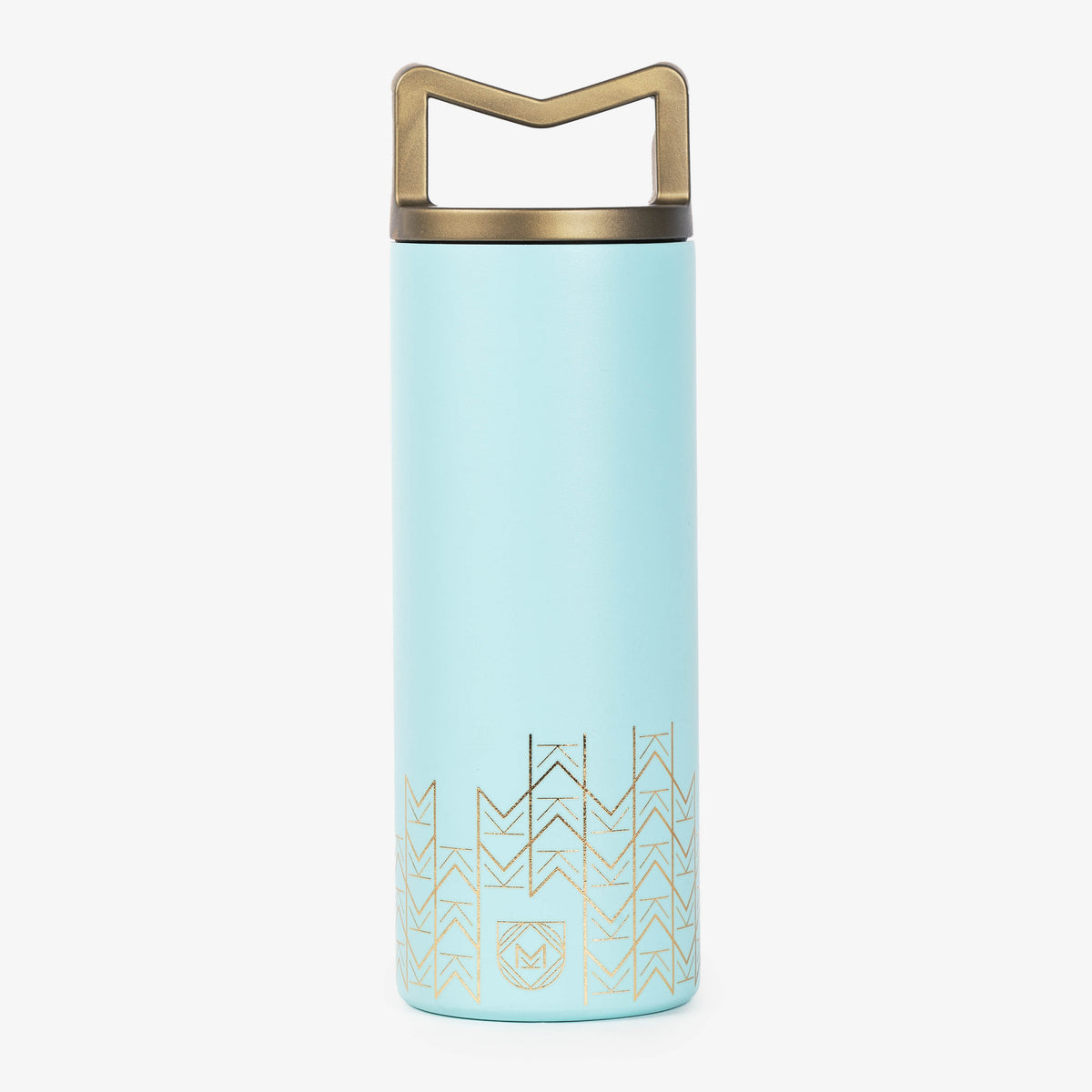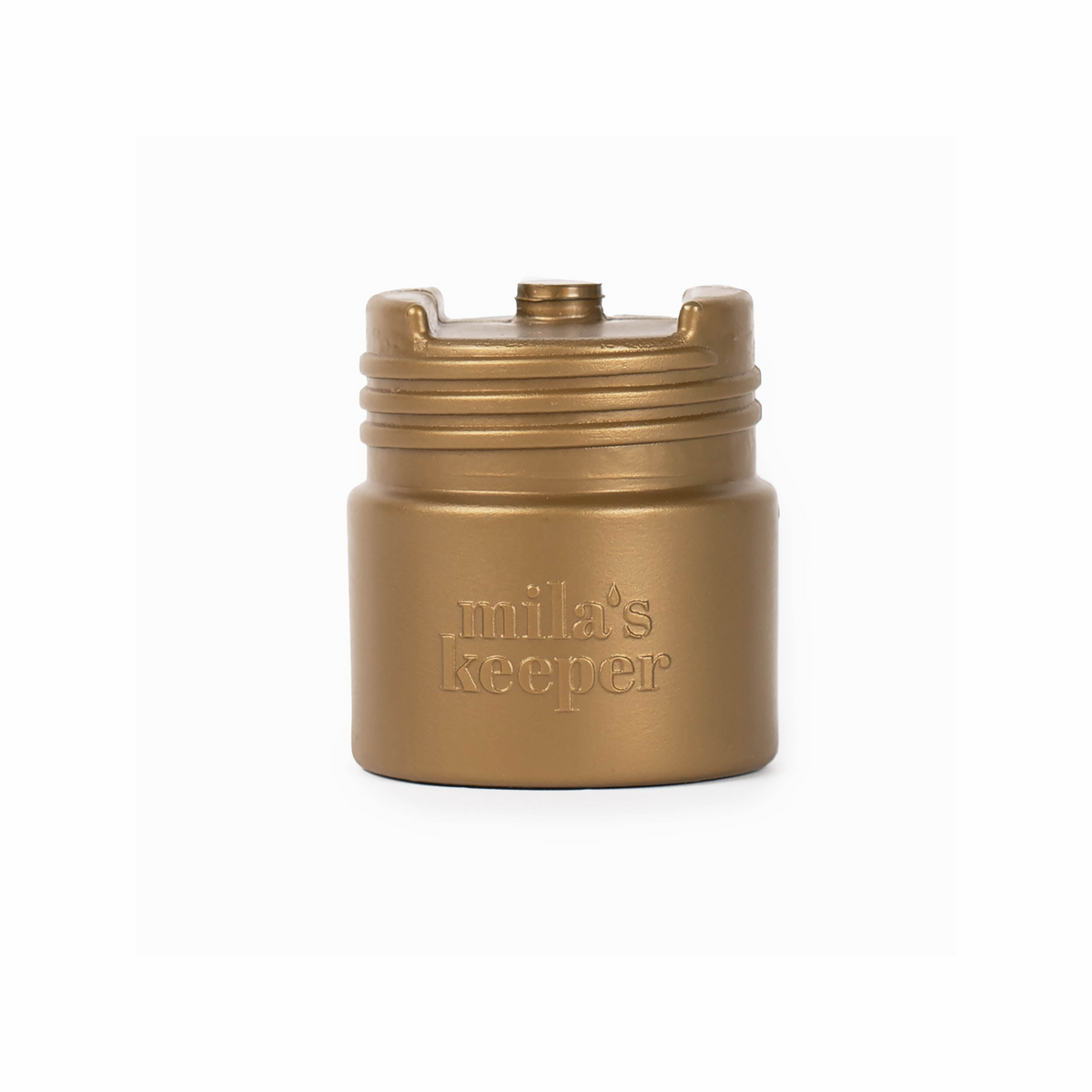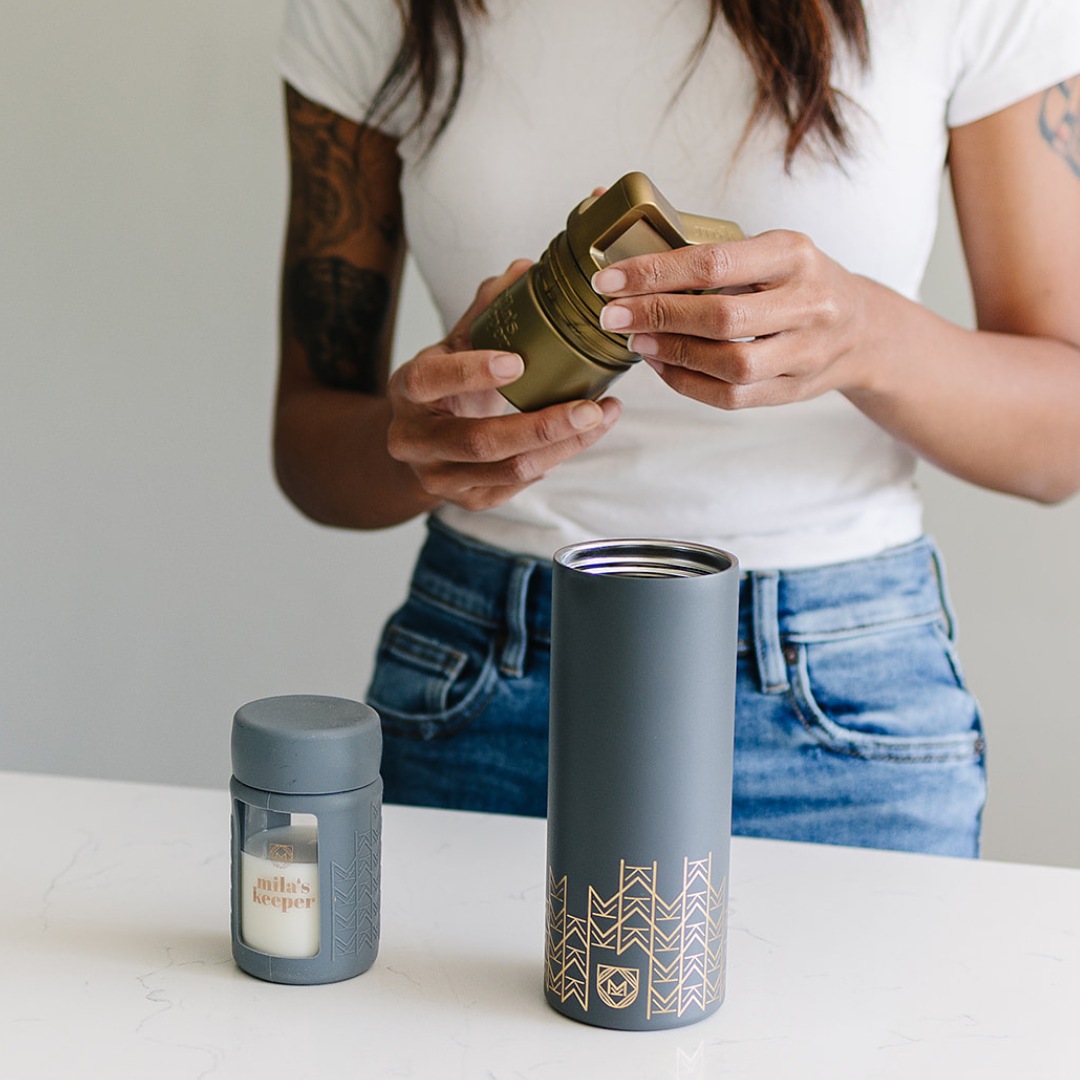In the evolving landscape of family-friendly workplaces, the significance of lactation rooms is becoming more pronounced. These special spots aren't just a perk for working moms—they're crucial for the health and development of little ones too.
What is a Lactation Room & Why is it Important?
For many working moms, balancing the demands of a career with the needs of a breastfeeding infant can be particularly challenging. Enter the lactation room—a quiet sanctuary designed to cater to the needs of nursing moms.
What is a Lactation Room?
A lactation room, also known as a nursing room or breastfeeding room, is a dedicated space provided by employers or public facilities to support breastfeeding parents.
More specifically, according to the Office on Women’s Health:
“The federal Break Time for Nursing Mothers law requires employers covered by the Fair Labor Standards Act (FLSA) to provide basic accommodations for breastfeeding mothers at work. These accommodations include time for women to express milk and a private space that is not a bathroom each time they need to pump.
Private means that other people cannot see an employee while she is pumping breastmilk. Often this means putting a lock on the door, but some companies use mobile screens or tall cubicle areas. The space does not have to be a permanent, dedicated lactation room.”
Why Lactation Rooms Matter:
Lactation rooms play a pivotal role in promoting breastfeeding, which is widely recognized as the optimal source of nutrition for infants. By providing a designated space for mothers to breastfeed or pump, organizations actively encourage and support this essential aspect of infant care.
Breast milk is a powerhouse of nutrients and antibodies crucial for a baby's healthy development. Lactation rooms contribute to the overall health of infants by facilitating an environment where mothers can easily and comfortably provide this vital nourishment.
Acknowledging the dual role of a working mother, lactation rooms contribute to the overall well-being of employees. Offering a private space for breastfeeding or expressing milk helps reduce stress, fostering a positive work environment and enhancing employee satisfaction.
In many countries, laws and regulations require employers to provide reasonable accommodations for breastfeeding employees. Lactation rooms are a tangible way for organizations to demonstrate their commitment to compliance and support the needs of their workforce.

Understanding Lactation Room Requirements
Lactation accommodations for working mothers differ across states. The passage of the PUMP Act ensures that there will be basic accommodations for most breastfeeding employees across the US, but it doesn’t preempt a state law or municipal ordinance that provides greater protections to employees.
Basically, if your state laws allow greater protections than the federal laws, your employer is required to follow the state law. You should look into what accommodations for breastfeeding employees, if any, there are in your state. You could have more protections and rights under your state laws than the federal laws, and you want to know what they are.
Some states, like California, require access to a sink with running water and a refrigerator suitable for storing milk, in close proximity to the employee’s workspace. In some other states, this isn’t a requirement.
We hope that one day all nursing women will have every accommodation such as a refrigerator so that they can comfortably continue to breastfeed for as long as they desire, but until then, you can use a breast milk cooler to keep breast milk cool for up to 20 hours. That way, even if you don’t have a place to refrigerate breast milk at your workplace, your liquid gold won’t spoil by the end of the day!
Creative Lactation Room Ideas for Employers
Finding a space to use as a lactation room can be tricky for some employers. Thinking outside the box and including nursing moms in the discussion of creating a space might lead to the perfect solution. For companies looking for a permanent space, keep the nursing mother’s comfort in mind. Creating a space that just fits the requirements and creating a space that she can comfortably use can be different things. If you’re not sure what will be comfortable, give the people who will be using the space some control over its creation and decoration.
If there isn’t a room available to transition into a lactation room, sometimes a space like a closet can work. Clear out the closet and install a lock and some cozy furnishings for a comfortable place to pump.
If there’s a locker room or dressing room in the work building, partitioning part of that off to create a private space can also work.
If there’s an unused space in the building, look into enclosing that or installing a lactation pod that comes with everything you need.
Transforming the traditional lactation room into a haven of comfort and creativity goes a long way in demonstrating an employer's commitment to the well-being of their workforce. Consider outfitting the space with plush furnishings, soft lighting, and calming décor to create an inviting atmosphere that soothes the senses.
Technological amenities like power outlets and Wi-Fi can transform the room into a functional workspace, allowing nursing mothers to balance their professional responsibilities seamlessly.
Offering personalization options, such as storage for personal items or the freedom to add personal touches, turns the lactation room into a personalized retreat.
Integrating natural elements, such as plants or nature-inspired artwork, not only adds aesthetic appeal but also contributes to a more rejuvenating environment.
By involving employees, particularly nursing mothers, in the design process and encouraging ongoing feedback, employers can tailor lactation rooms to meet the unique needs of their workforce, fostering a workplace culture that prioritizes compassion, inclusivity, and family-friendly values.

The Importance of Lactation Room Signage
Lactation room signage plays a crucial role in fostering a supportive and inclusive workplace environment. Beyond regulatory compliance, clear and well-designed signage sends a powerful message of the organization's commitment to meeting the diverse needs of its employees.
Thoughtfully crafted signage not only directs nursing mamas to these designated spaces but also serves as a visual symbol of the company's dedication to creating a family-friendly workplace. It helps reduce any potential stigma associated with breastfeeding or expressing milk, promoting a culture that normalizes and celebrates the journey of parenthood.
Additionally, clear signage contributes to a sense of empowerment for nursing mothers, ensuring they can easily locate and access the lactation room, thus minimizing any potential stress or discomfort.
Clear and attractive graphics can help in eliminating any potential confusion and make the lactation room easily identifiable, promoting a sense of security and privacy for nursing moms.
If multiple languages are spoken in the work area, make sure to include all relevant translations to avoid misunderstandings.
Lactation Room Design: Employer Best Practices
Lactation room design is a big aspect of creating a supportive and comfortable space for nursing mothers within the workplace. Thoughtful lactation room design goes beyond meeting regulatory requirements; it creates a nurturing space that considers the practical, emotional, and physical needs of nursing moms.
When it comes to layout and design considerations, prioritize privacy and functionality.
Opt for a layout that ensures a secluded and quiet environment, offering mothers a sense of tranquility during their breastfeeding or pumping sessions. Being able to relax in a private space can help a nursing mama increase her breast milk supply.
Ensure the inclusion of comfortable seating options and a designated space for breast pump use.
In terms of color schemes, opt for calming and neutral tones such as soft greens, blues, or earthy tones, contributing to a soothing ambiance. Recommended color schemes extend beyond aesthetics to impact the emotional ambiance of the space. Soft, muted colors not only contribute to a calming environment but also promote relaxation, creating a welcoming atmosphere for mothers.
When it comes to lighting, a combination of adjustable artificial lighting and access to natural light is ideal. Dimmable lights provide flexibility, allowing mothers to create an environment that suits their preferences. If the lactation room lacks windows, incorporating full-spectrum lighting can mimic natural light, positively influencing mood and well-being.
Ventilation and temperature control are equally important factors to consider. Adequate airflow prevents a stuffy atmosphere, while temperature control, ideally with the ability to adjust the thermostat, allows mothers to tailor the room to their comfort preferences.
Additionally, the inclusion of artwork or wall decals that evoke positive and nurturing sentiments can further enhance the overall ambiance.

Selecting the Right Lactation Room Furniture
Selecting the right lactation room furniture is a key element in creating a supportive and comfortable environment for nursing moms.
Essential furniture items for a lactation room include comfortable seating options like plush armchairs or gliders, a sturdy table for placing personal items or a breast pump, and storage solutions to keep the space organized.
Investing in a comfortable and adjustable breast pump station can also enhance the overall experience for pumping mothers. Providing adequate surfaces for mothers to place personal items or electronic devices contributes to the convenience of the space.
Ergonomics and comfort are paramount considerations; choose furniture that provides proper support for the back and arms, ensuring a relaxed and comfortable experience for nursing mothers during their breastfeeding or pumping sessions.
Ergonomics and comfort should extend beyond seating to include supportive accessories like nursing pillows or footrests. Opt for furniture with easy-to-operate controls, allowing users to customize the furniture to their comfort level easily.
Maintenance and hygiene are important factors to consider for a successful lactation room. Choose furniture with smooth, easy-to-clean surfaces that can withstand regular disinfection. Removable and washable covers for seating and cushions simplify the cleaning process and contribute to a hygienic environment. Implementing a routine maintenance schedule, including regular inspections and cleaning, ensures that the furniture remains in optimal condition, promoting a safe and pleasant experience for nursing mothers.
12 Essentials for Lactation Rooms
Based on what we have discussed, here's a list of things we think every lactation room should have:
- Lock
- Chair
- Table
- Electricity Outlets
- Washing Station with Soap
- Mirror
- Refrigeration
- Waste Bin
- Room Signage
- Calming Décor
- Wifi Access
- Waste Bin
In conclusion
Lactation rooms, as dedicated sanctuaries for nursing mothers, transcend mere compliance with laws; they signify a commitment to fostering a culture of inclusivity, understanding, and support.
By embracing the needs of breastfeeding mothers and providing necessary accommodations, employers champion a workplace culture that values and celebrates the journey of parenthood.
From promoting breastfeeding and contributing to infant health to enhancing employee well-being and complying with legal requirements, these spaces play a crucial role in creating family-friendly workplaces.
As we advocate for work-life balance, let us recognize and appreciate the indispensable role that lactation rooms play in creating workplaces that prioritize the diverse needs of their employees, ensuring a harmonious integration of personal and professional lives.
Keep Reading related blog: 5 STEPS TO IMPLEMENT THE PUMP ACT AT YOUR WORKPLACE
--
A female-designed and female-run company, Mila's Keeper is on a mission to empower women to thrive during their breastfeeding journey by offering reusable, eco-friendly breast milk storage solutions for their day-to-day needs. Get the latest tips and info on Mila's Keeper products by following us on Facebook, Twitter, Instagram, Pinterest, and LinkedIn.


